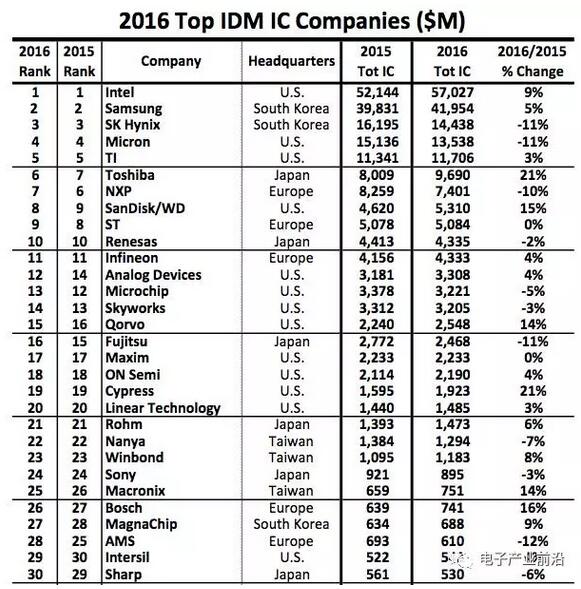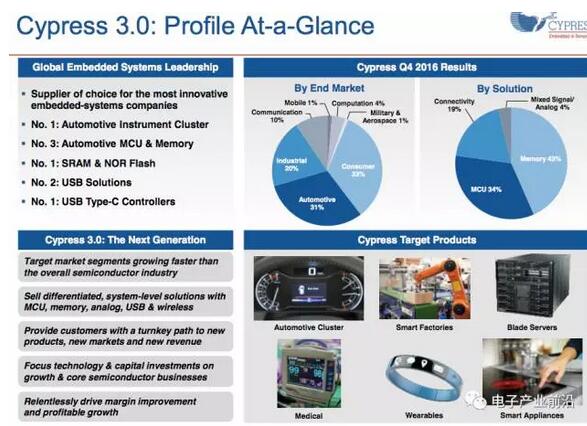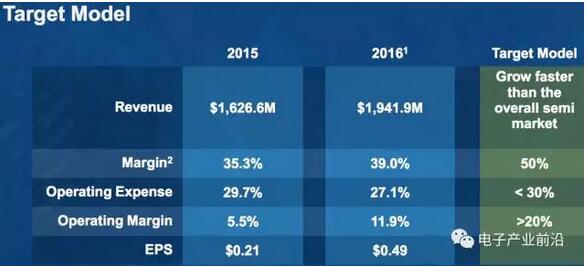“Before we always put the PSoC architecture and MCU clear relationship, it is very cold, and no one regards us as an MCU vendor, but in fact our PSoC is widely used in embedded applications. Starting from PSoC 6, we emphasize the PSoC architecture. It is the MCU, which is an MCU+ platform specifically for embedded and especially IOT applications, which is more powerful than the general MCU platform." At the end of March, Cypress launched the first MCU architecture designed for the Internet of Things (IoT), PSoC6, said Chen Lihua, director of marketing for Cypress's MCU business unit.
Based on a low-power 40-nm process, dual-core ARM Cortex-M4 and Cortex-M0+ architecture, PSoC 6 provides a hardware-based Trusted Execution Environment (TEE) to address the performance, cost, and power consumption of emerging IoT applications. Contradictory requirements such as flexibility and security can be said to be a general-purpose MCU+ platform for IoT applications.
PSoC 6 is also the first heavyweight product after Cypress released its CYPRESS 3.0 strategy. It reflects Cypress's transition from a stealth champion in the market segment to a mainstream vendor, hoping to become a high growth company such as automotive/industrial/IOT. The versatile king of the embedded market, and faded out some areas of low gross profit and low growth.

CYPRESS 3.0: From Invisible Champion to Embedded Almighty King
As a chip maker with more than 30 years of history, Cypress has always been a small and beautiful stealth champion with sales of hundreds of millions of dollars. The main products are SRAM memory chips, USB control chips and programmable MCU products. PSoC, the latter is widely used in consumer/home appliance touch buttons such as iPod, Tesla central control touch screen and type-c interface.
With the recent surge in semiconductor industry consolidation, Cypress has made two major acquisitions, first in 2015 to acquire NOR flash leader and MCU vendor Spansion, and then in 2016 to acquire Broadcom's IOT wireless connectivity business. At this point, Cypress offers complete embedded system solutions covering storage, control/processing (MCU/PSoC) and connectivity chips (wireless connectivity/USB), as well as in automotive dashboards, SRAM, NOR Flash, USB The market share of various fields such as type-c controllers ranks first in the world. Through mergers and acquisitions, Cypress's sales revenue in 2016 is close to 2 billion US dollars, ranking 19th in the global integrated device supplier (IDM), it can be said that it has become a mainstream medium and large chip manufacturers.

Figure: Development goals for Cypress's storage, control/processing, and connectivity in the next five years
Not only will the scale become bigger, Cypress hopes to become healthier and more powerful. In 2016, Cypress's sales gross margin was less than 40%, and operating profit was only 11%, which is not a good figure for a chip company. Cypress's strategy is to place greater emphasis on high-growth and high-margin embedded markets such as automotive, industrial and consumer IOT markets, while fading out low-margin, low-growth markets such as consumer storage, hoping to achieve high sales revenues. At the same time as the industry-level growth, it has significantly increased sales gross margin and operating profit margin.

Figure: Cypress hopes to become a healthier and stronger company through high-growth and high-value markets
Cypress president and CEO Hassane El-Khoury, for example, says that an entry-level car has a semiconductor content of $100, while a high-end car has a semiconductor content of $1,000. Compared to the growth rate of about 3% (in good cases) for the entire semiconductor industry and about 5% for automotive semiconductors, the growth rate of Advanced Driver Assistance Systems (ADAS) is 18.8%. 14.1%, the infotainment system is 8.7%, and the dashboard system is 8.2%.

Figure: Cypress's control/connection technology and complete development platform and ecosystem for high-growth IOT markets
Disposable pods built-in 400 mah battery, non rechargeable; it filled 2ml Salt Nic e liquid capacity, 20mg, 30mg, 35mg, 50mg Nicotine Salt level available.
One 2ml e liquid prefilled is equivalent to 3 packs of cigarettes. Due to the high quality cotton coil, the pod deliver the same quality of flavor from begin to end. Due to auto draw technology, when you connect the pod to vape device, you can easily activate the system with a simple puff.
Available in 12 fruit flavors with real taste, smooth experience, apple, peach, mint, pineapple, red bull, orange, grape, banana
Advantages of E-cigarette
1. No stink of cigarette smoke anymore.
2. Can vape on the bed.
3. No need to get away from the office desk to vape.
4. Vaping in the car at any time, no longer need to purify the air.
5. In most cases, the remaining 20% of a cigarette is tasteless but wasteful to discard, e-cigarette could stop at anytime,anywhere. No ash,don't need an ashtray and won't make a mess.
6. No longer being disliked in public
7. Minimize the health risks you expose yourself with tobacco.
8. The size is much smaller than cigarette cases and lighters.Small body with large capacity.
9. No fire with e-cigarette,no worries about the accidental burns on clothes and hands.
10. The price is much cheaper compare with cigarettes
Flavor Pods,Liquid Pods,E-cig Pods,Single Use Vape,Vape Accessories
Shenzhen Axiswell Technology Co., Ltd , https://www.vapingera.com